Popular audiobooks

Orthodoxy - G. K. Chesterton
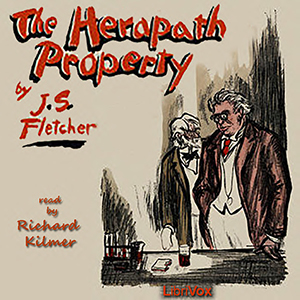
The Herapath Property - J. S. Fletcher

Just For Juniors: Little Talks to Little Folks - Rev. Gerald T. Brennan
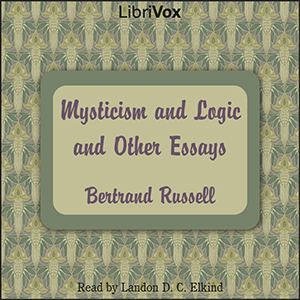
Mysticism and Logic and Other Essays - Bertrand Russell

Elsie's New Relations - Martha Finley
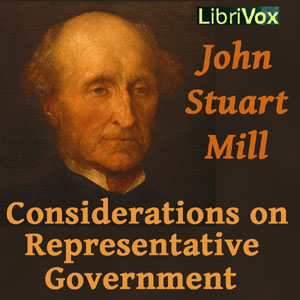
Considerations on Representative Government - John Stuart Mill

By the Sea, and Other Verses - Hannah Lavinia BAILY

Betty Baird - Anna Hamlin Weikel
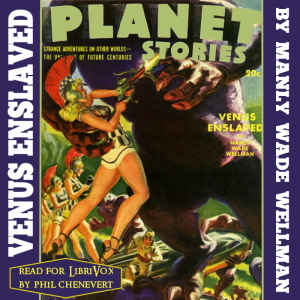
Venus Enslaved - Manly Wade Wellman
Historical Fiction
260 books
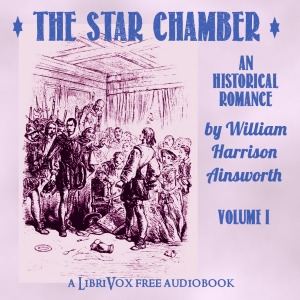
Time07:10:01
The Star-Chamber: An Historical Romance, Volume 1 - William Harrison Ainsworth
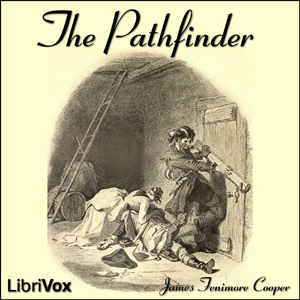
Time18:42:07
The Pathfinder - The Inland Sea - James Fenimore Cooper
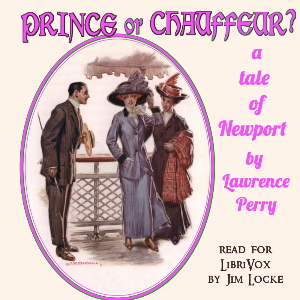
Time05:57:32
Prince or Chauffeur? A Story of Newport - Lawrence PERRY
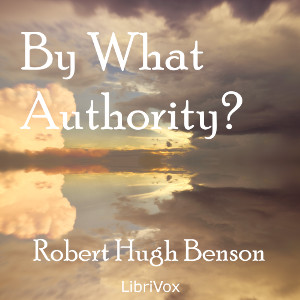
Time23:13:08
By What Authority? - Robert Hugh Benson
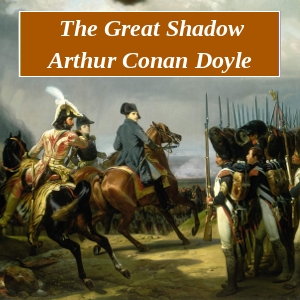
Time3:51:59
The Great Shadow - Sir Arthur Conan Doyle
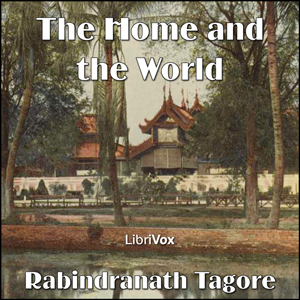
Time7:18:40
The Home and the World - Rabindranath Tagore
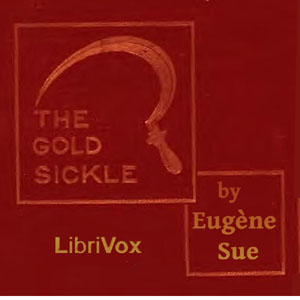
Time2:38:27
The Gold Sickle - Eugène Sue

Time01:45:02
Windsor Castle, Book 5 - William Harrison Ainsworth

Time24:32:17
Framley Parsonage (version 2) - Anthony Trollope

Time5:12:32
St. George and St. Michael, Volume 1 - George MacDonald

Time36:22:42
The Wanderer - Fanny Burney

Time10:38:18
Callista - John Henry Newman
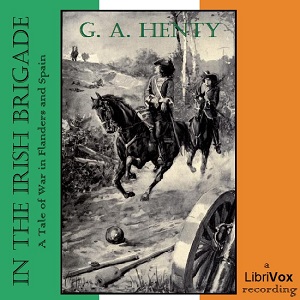
Time12:10:03
In the Irish Brigade: A Tale of War in Flanders and Spain - G. A. Henty

Time14:07:50
The Keeper of the Bees - Gene STRATTON-PORTER
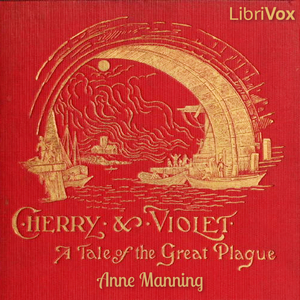
Time04:19:48
Cherry and Violet - Anne Manning

Time2:41:42
War and Peace, Book 12: 1812 - Leo Tolstoy
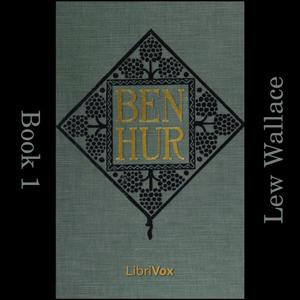
Time3:09:14
Ben-Hur: A Tale of the Christ Book 1 - Lew Wallace
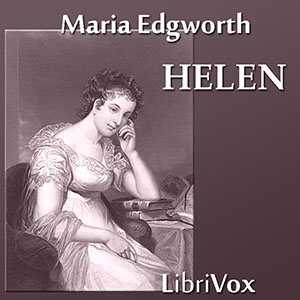
Time21:09:12
Helen - Maria Edgeworth
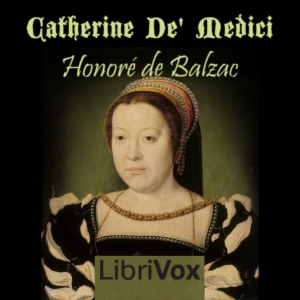
Time11:02:24
Catherine De' Medici - Honoré de Balzac
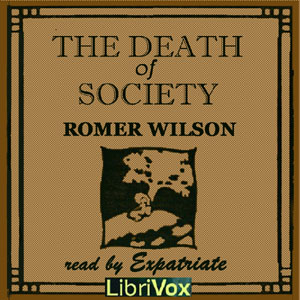
Time06:18:55
The Death of Society: A Novel of Tomorrow - Florence Roma Muir WILSON
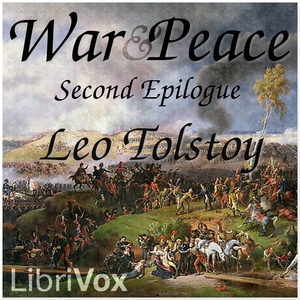
Time1:53:56
War and Peace, Book 17: Second Epilogue - Leo Tolstoy
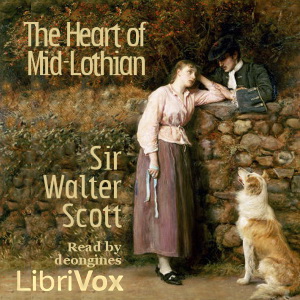
Time27:16:11
The Heart of Mid-Lothian - Sir Walter Scott
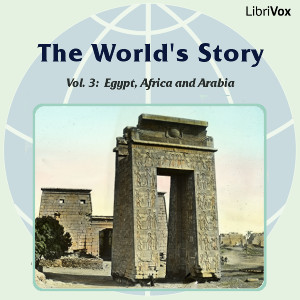
Time16:12:44
The World’s Story Volume III: Egypt, Africa and Arabia - Eva March Tappan
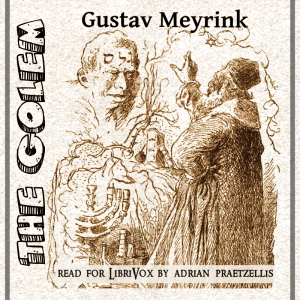
Time00:55:16
The Golem: A legend of old Prague - Rudolf Lothar

Time02:54:54
Minnie's Sacrifice - Frances E. W. HARPER
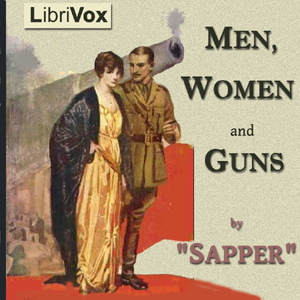
Time06:52:28
Men, Women and Guns - Sapper
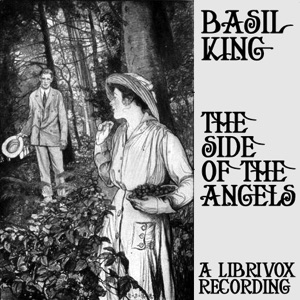
Time12:07:05
The Side of the Angels - Basil KING

Time1:38:49
The Young Visiters - Daisy ASHFORD
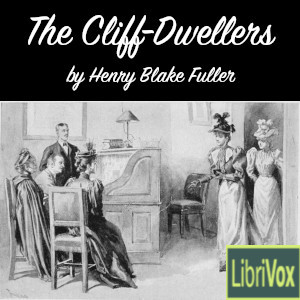
Time07:28:23
The Cliff-Dwellers - Henry Blake FULLER

Time01:07:34
Yellow Butterflies - Mary Raymond Shipman ANDREWS
Historical fiction is a genre that takes place in a specific time period in the past, often with real historical events or people woven into the story. It blends factual information with fictional elements to create a compelling narrative. The setting and details of the time period are crucial to the story, and the characters are often shaped by the historical context in which they live. Historical fiction can explore themes and issues relevant to both the past and present, and can offer insight into how people lived, thought, and felt in different eras.
1. Time period: Historical fiction takes place in a specific time period in the past, usually before the author's lifetime.
2. Historical events and people: Real historical events and people are often woven into the story to create a sense of authenticity and accuracy.
3. Blending fact and fiction: Historical fiction blends factual information with fictional elements to create a compelling narrative.
4. Setting and details: The setting and details of the time period are crucial to the story, and the author must do extensive research to accurately portray the era.
5. Characterization: The characters are often shaped by the historical context in which they live, and their actions and beliefs are influenced by the social, political, and cultural norms of the time.
6. Themes and issues: Historical fiction can explore themes and issues relevant to both the past and present, such as social justice, war, love, and human nature.
7. Insight into the past: Historical fiction can offer insight into how people lived, thought, and felt in different eras, providing a window into the past for modern readers.
1. Time period: Historical fiction takes place in a specific time period in the past, usually before the author's lifetime.
2. Historical events and people: Real historical events and people are often woven into the story to create a sense of authenticity and accuracy.
3. Blending fact and fiction: Historical fiction blends factual information with fictional elements to create a compelling narrative.
4. Setting and details: The setting and details of the time period are crucial to the story, and the author must do extensive research to accurately portray the era.
5. Characterization: The characters are often shaped by the historical context in which they live, and their actions and beliefs are influenced by the social, political, and cultural norms of the time.
6. Themes and issues: Historical fiction can explore themes and issues relevant to both the past and present, such as social justice, war, love, and human nature.
7. Insight into the past: Historical fiction can offer insight into how people lived, thought, and felt in different eras, providing a window into the past for modern readers.